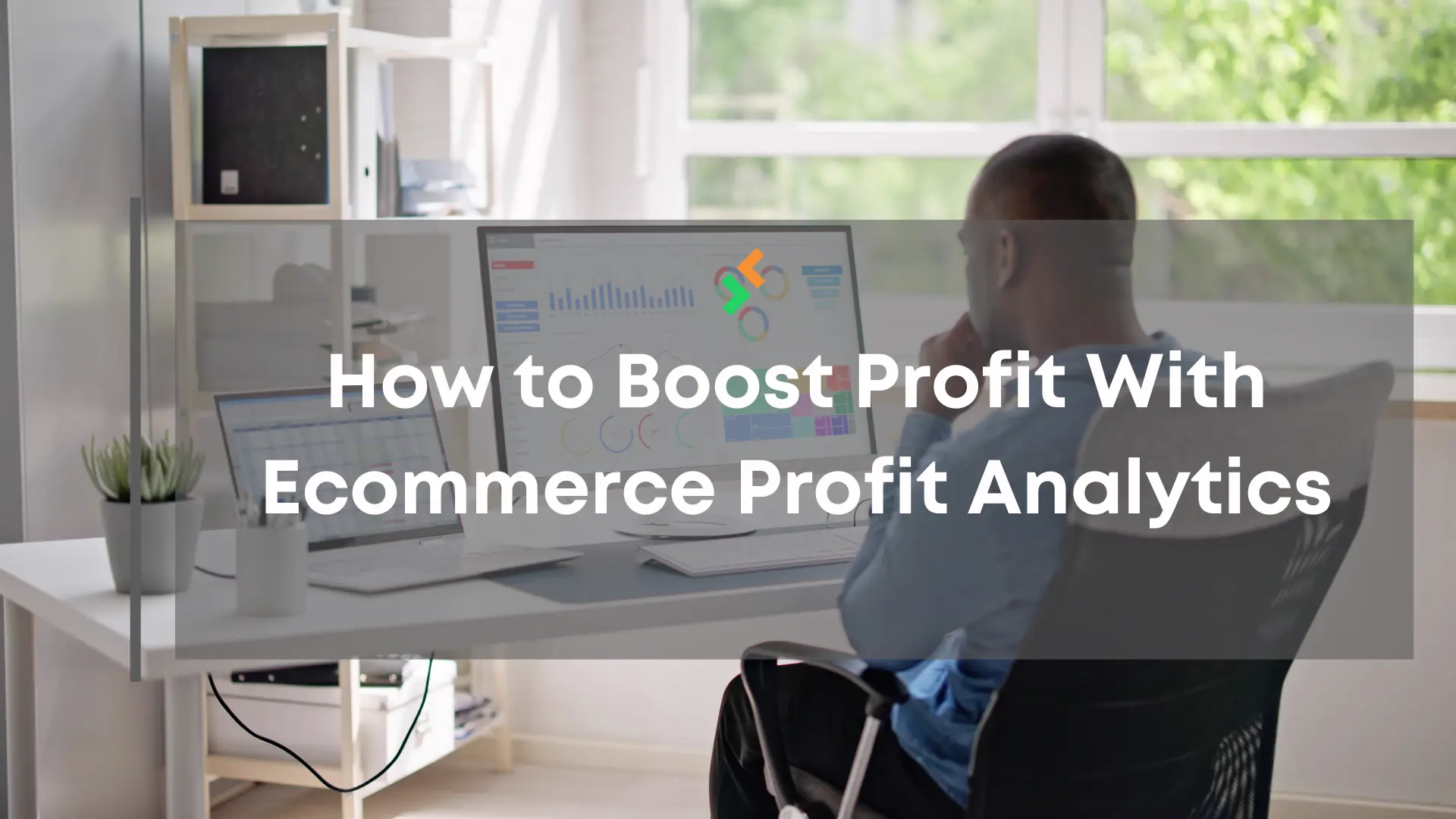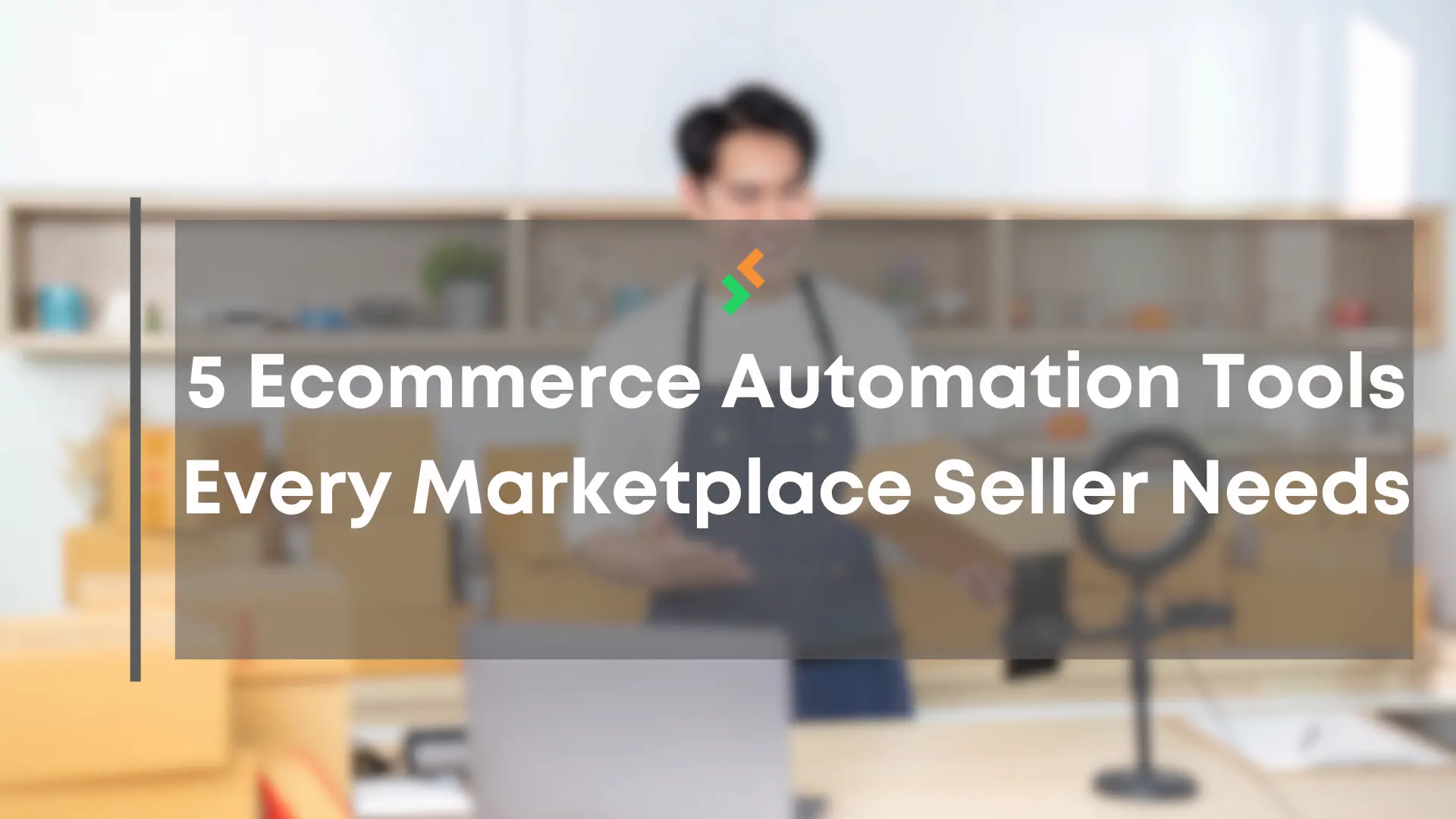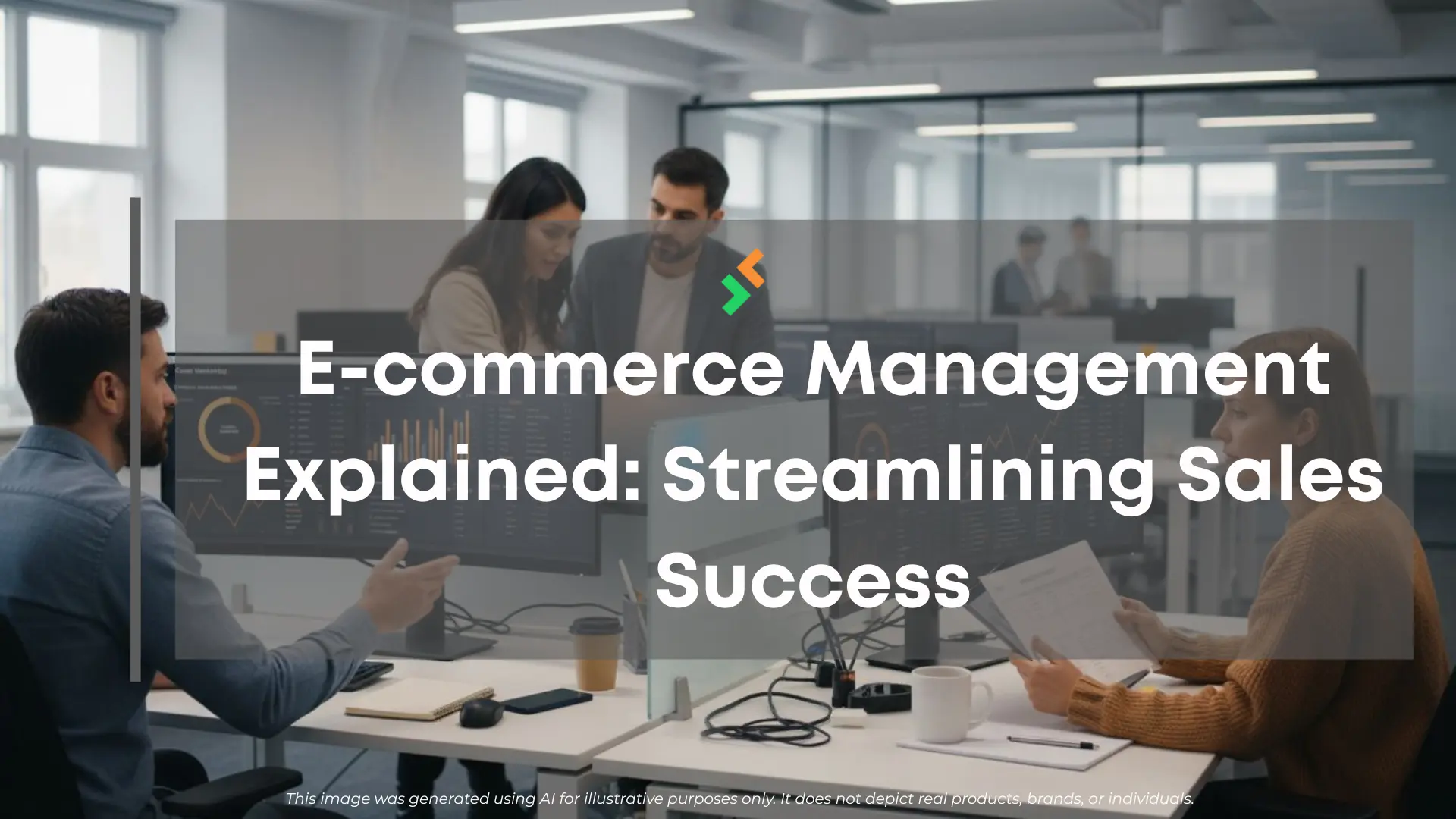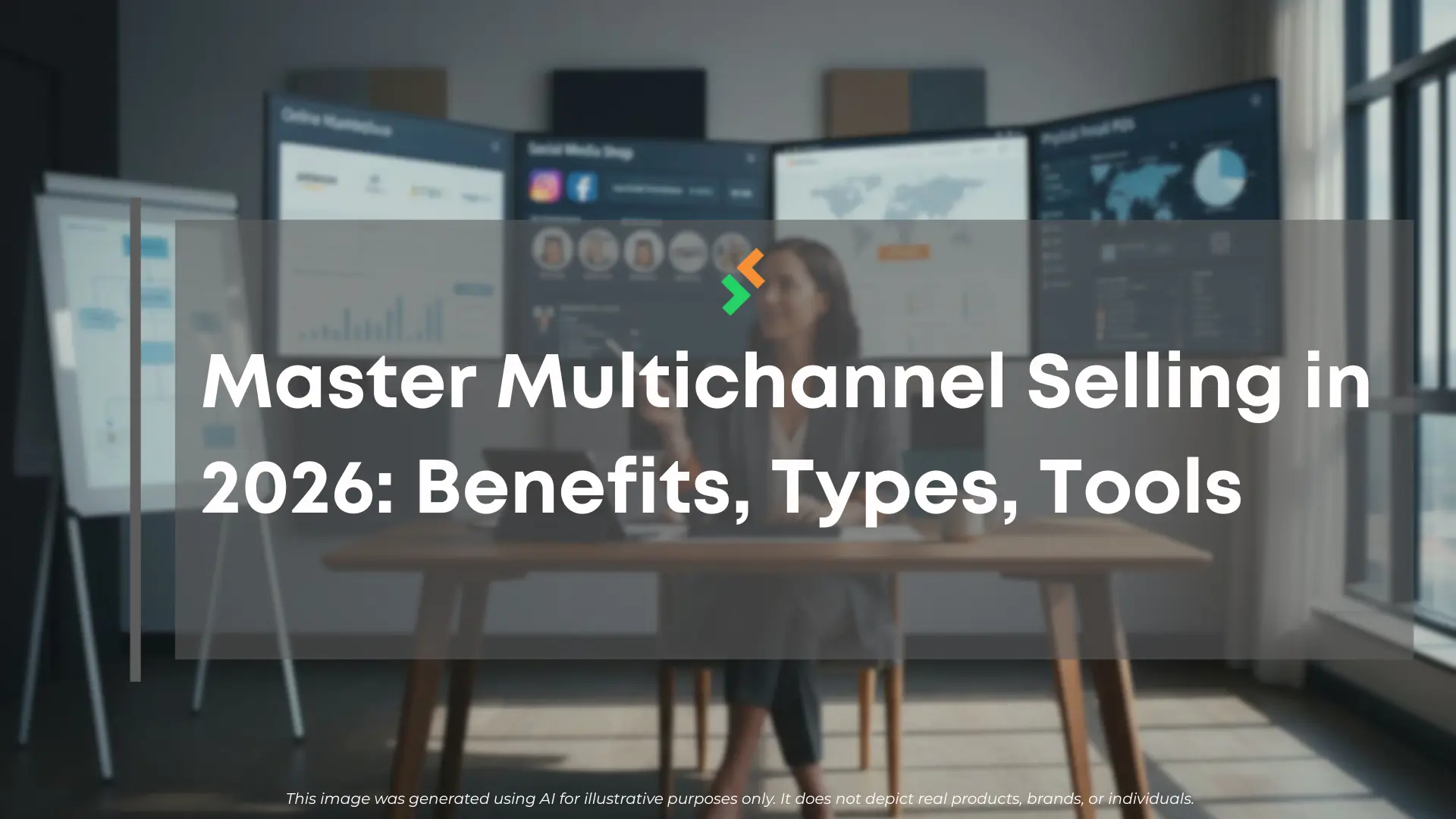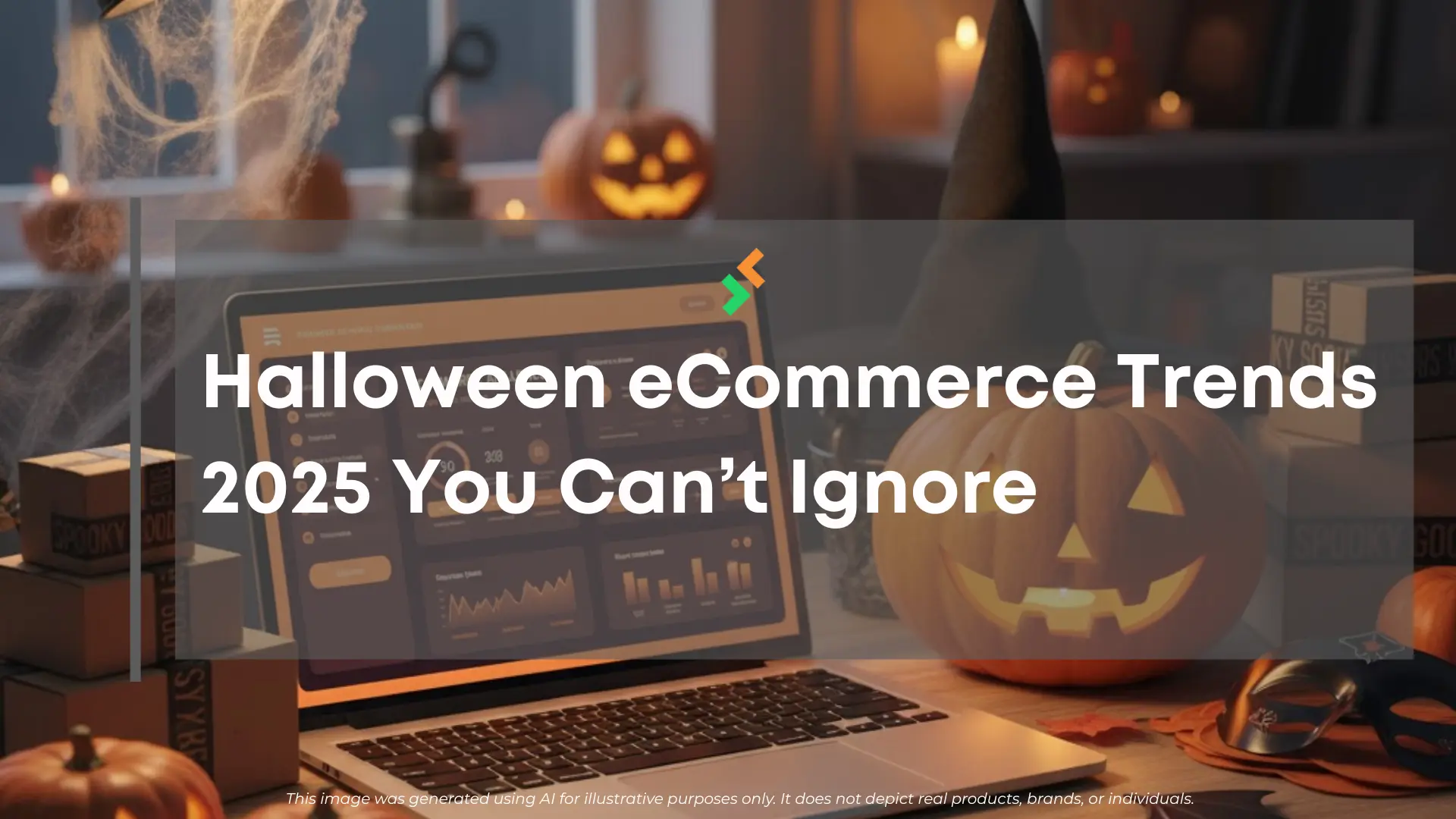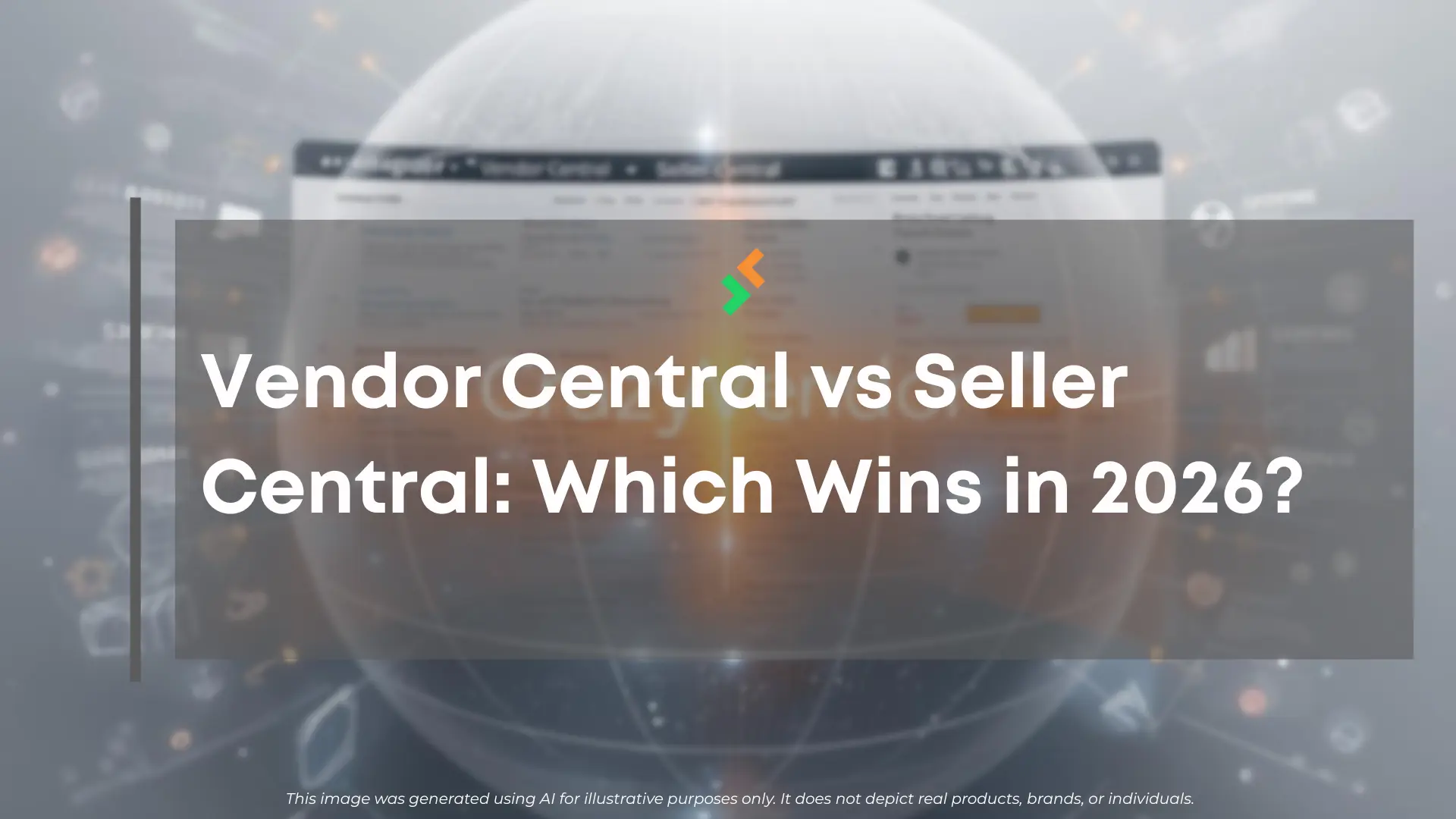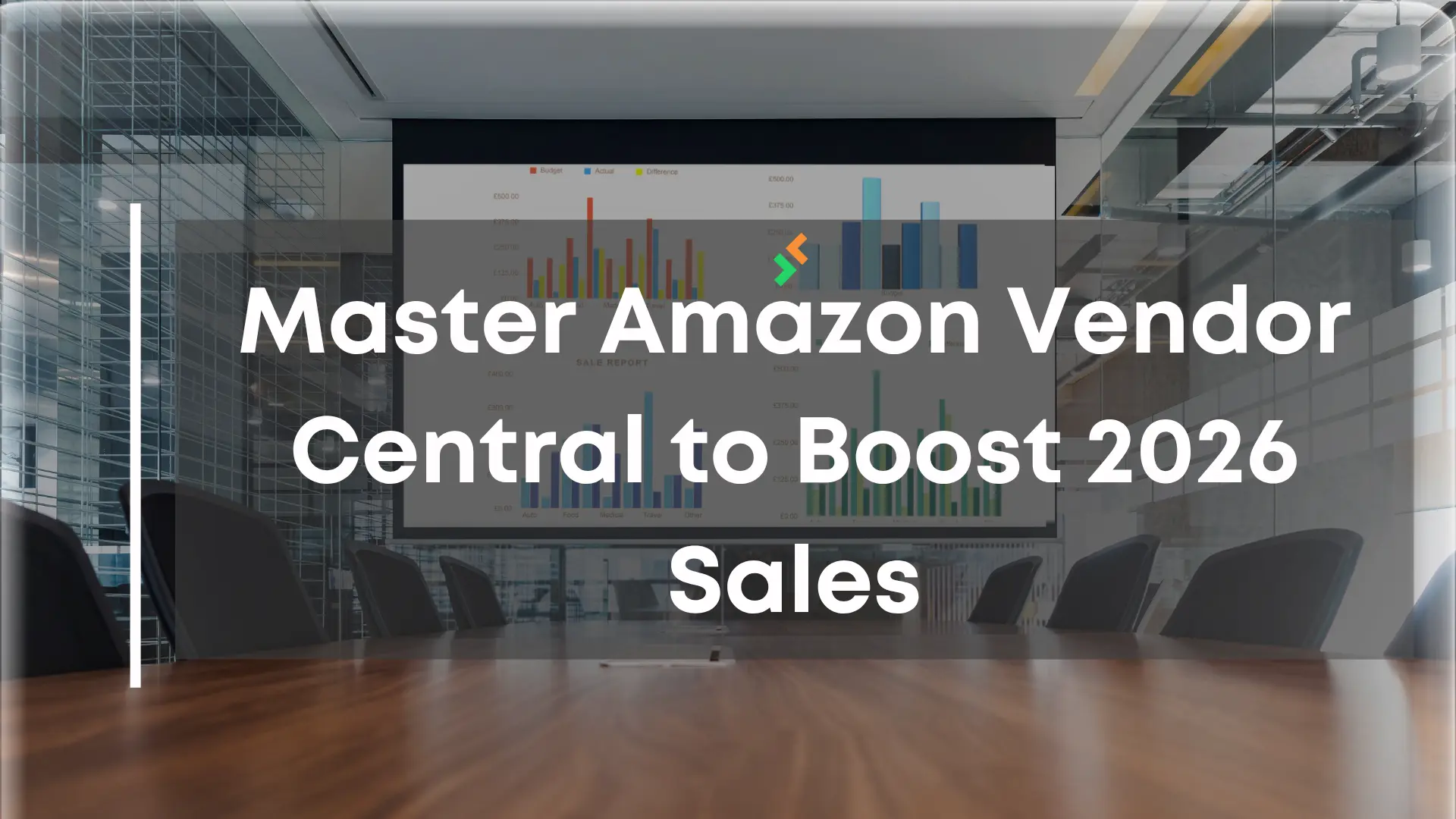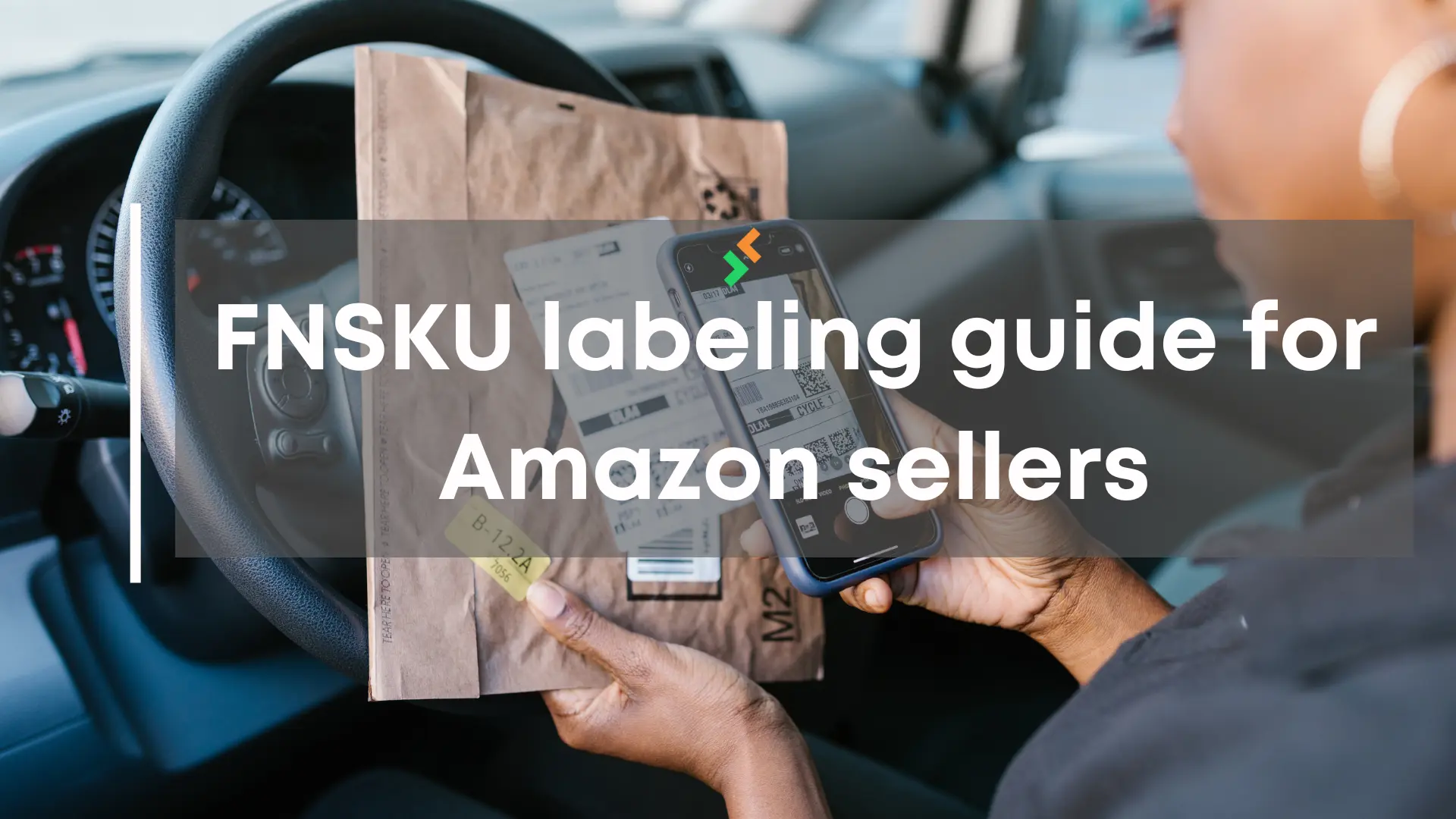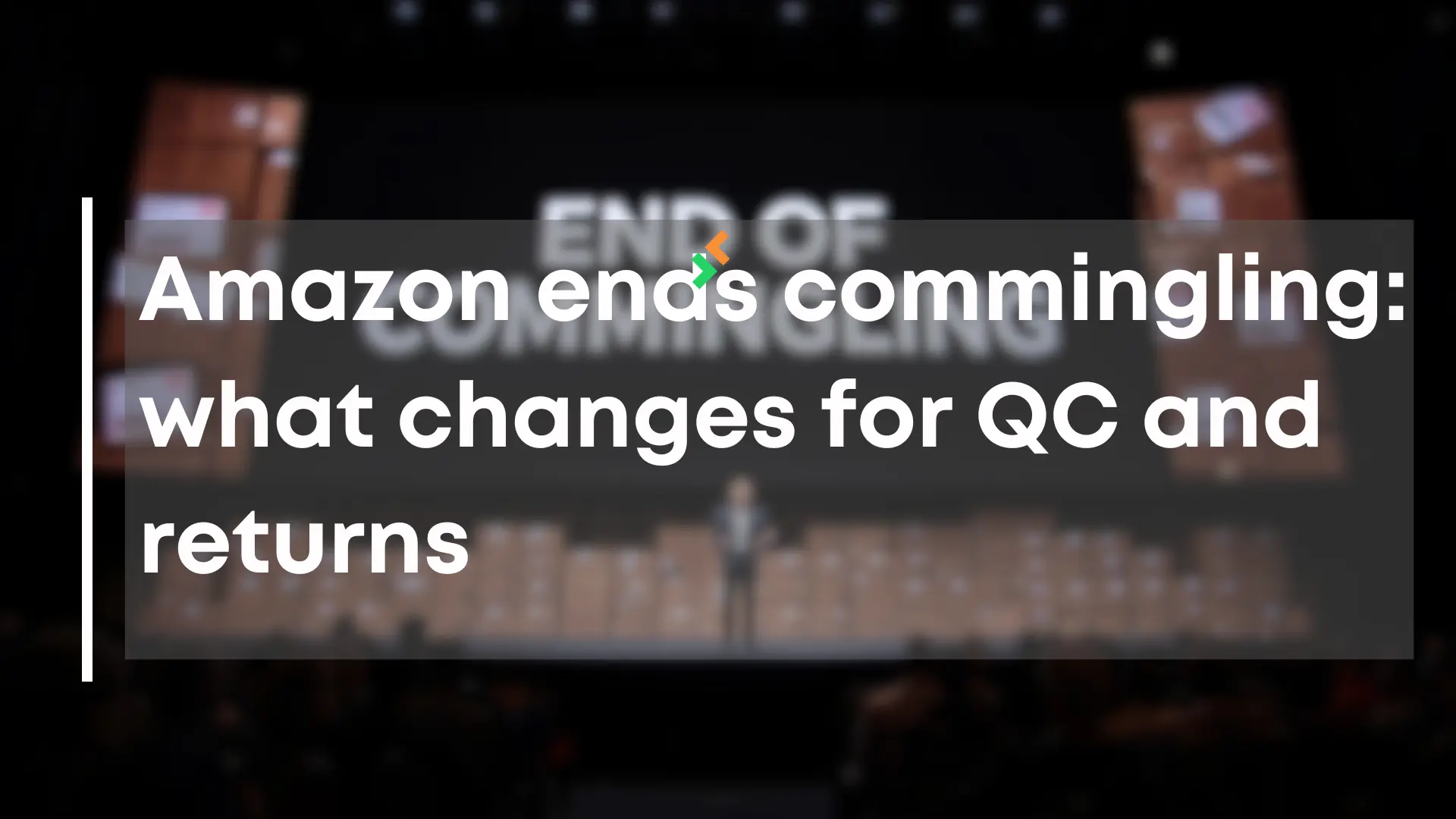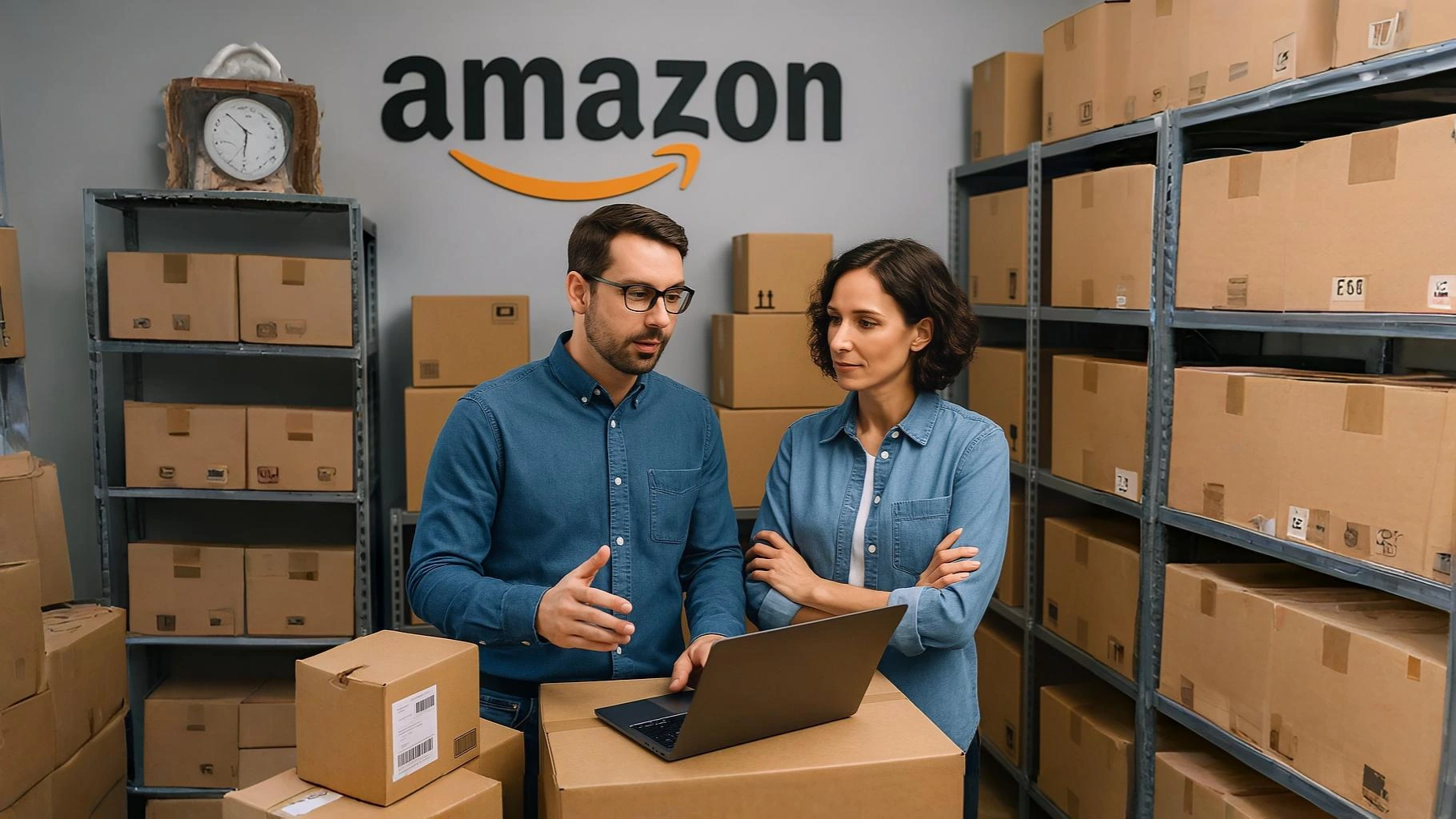
Amazon fulfillment services help small businesses manage the behind-the-scenes work of selling online. These services take care of everything from storing your products to shipping them to your customers. Instead of packing boxes and rushing to the post office, sellers let Amazon handle it.
Through Fulfillment by Amazon (FBA), sellers send their inventory to Amazon’s warehouses. When someone places an order, Amazon picks, packs, and delivers the product. They also handle customer service and returns. For small businesses trying to grow without adding more staff or space, this service can be a game changer.
By outsourcing fulfillment, business owners can focus more on marketing, building relationships with customers, and improving their products. That’s why more and more sellers are asking: is it worth it to trust Amazon fulfillment services with your entire operation?
Table of Contents
Why should small businesses consider selling on Amazon?
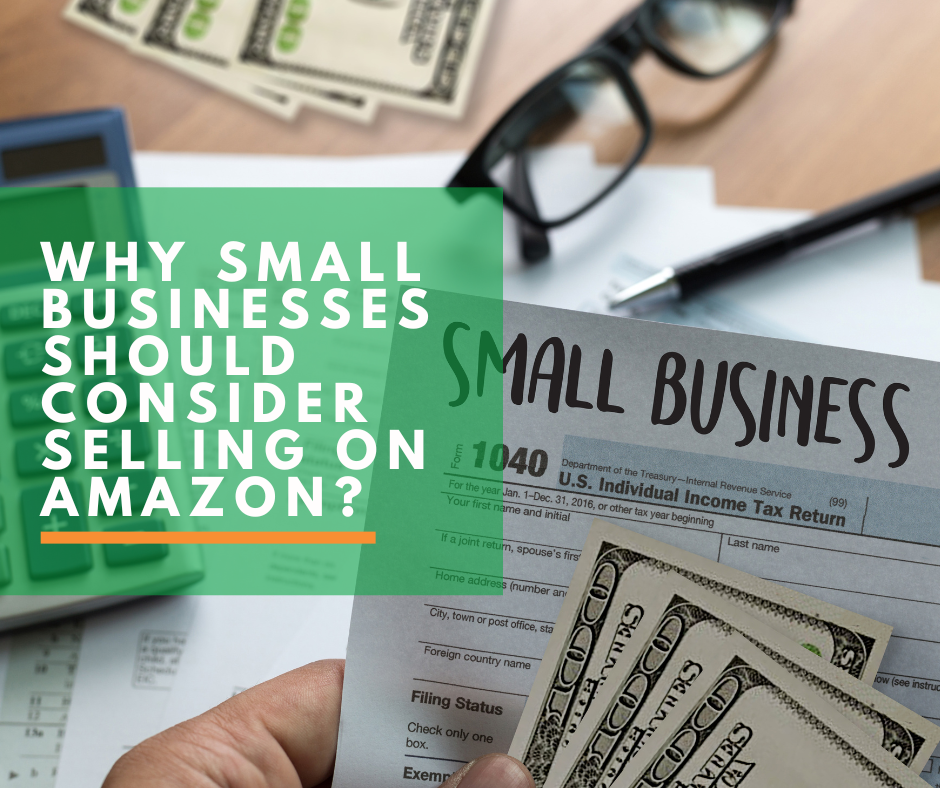
Access to millions of customers
Small businesses often struggle with visibility. Amazon gives you instant access to millions of active buyers worldwide. Listing your products on this massive platform boosts your reach without the need for large advertising budgets or nationwide distribution.
Tools to simplify operations
Amazon offers tools that help you get started and stay organized. One of the most powerful is FBA, which automates the hard stuff. From warehousing to customer support, Amazon takes care of logistics so you can focus on growing your brand.
CrazyVendor explains how to scale your e-commerce business using smart systems like these. If you’re a small business, tools like Amazon fulfillment services can free you from shipping chaos and let you work on what you do best.
Pros of using Amazon fulfillment services
Exposure to Amazon’s customer base
By signing up for FBA, your products can be seen by Amazon’s huge audience. This can lead to more clicks, more orders, and faster business growth. Without Amazon, reaching that many people would take years.
Fast shipping with Prime
When you use Amazon fulfillment services, your products become eligible for Prime. This means customers get faster service and have free shipping. It’s a major selling point that increases trust and can boost your sales.
Easy inventory and stock control
No need to manage your own warehouse. Amazon handles the storage and lets you monitor inventory through their dashboard. This reduces risk, prevents stockouts, and ensures smoother order fulfillment.
If you want to go multichannel, CrazyVendor’s Distributed Order Management helps you sync your inventory even across different selling platforms.
Scaling without stress
Amazon fulfillment services allow you to grow without building a warehouse or hiring staff. As your sales increase, Amazon takes care of the extra volume. You don’t have to worry about space, supplies, or logistics.
Customer support and returns handled
FBA includes customer service and returns processing. If a customer has a complaint or wants a refund, Amazon takes care of it. This saves you time and keeps your customers happy.
Built-in trust and credibility
Amazon is a trusted name. When small businesses use Amazon fulfillment services, buyers feel more confident placing orders. This trust can make a big difference, especially for new or unknown brands.
Opportunity for international sales
With Amazon fulfillment services, small businesses can sell products globally. Amazon takes care of international shipping and customs, making it easier to expand into new markets without extra work.
Cons of Amazon fulfillment services for small businesses
Higher fees and charges
Amazon charges fulfillment fees, storage fees, and other costs that add up. For small businesses with low profit margins, this can eat into earnings. Sellers also need to watch out for long-term storage fees on items that don’t sell quickly.
Less control over packaging and brand
FBA means your products ship in Amazon-branded boxes. You won’t be able to include handwritten notes or custom packaging. This can make it harder to stand out and build brand loyalty.
Policy changes and risk
Amazon often updates its rules. These changes can affect your fees, product rankings, or even your account status. Relying too heavily on Amazon means putting your business at risk of sudden disruptions.
To reduce this risk, CrazyVendor recommends diversifying your channels and using platforms like their inventory management system to stay agile.
Intense competition
Amazon is full of sellers, including big brands. Even with Prime, your products might be buried under competitors. Standing out often requires extra spending on ads or promotions.
Limited access to customer data
Amazon owns the customer relationship. You won’t receive detailed buyer info, which limits your ability to remarket or build a loyal customer base outside Amazon’s platform.
Breaking down Amazon fulfillment fees
Fulfillment fees
These cover picking, packing, and shipping. They range from $2.50 for small items to over $130 for oversized goods. Costs depend on size and weight. This is one of the main expenses associated with using Amazon fulfillment services.
Storage fees
You’ll pay monthly storage fees based on how much space your items take up. Standard-size items cost $0.75 to $2.40 per cubic foot depending on the time of year. Oversized items cost a bit less per cubic foot.
Long-term storage fees
If products sit in Amazon’s warehouse for over a year, you’ll pay a long-term fee: $6.90 per cubic foot or $0.15 per unit, whichever is higher. Planning ahead helps small businesses avoid these costly charges.
Returns processing
For returned items, Amazon charges $2 to $6, depending on the product size. This is another important factor to consider when deciding if Amazon fulfillment services are a good fit.
Referral fees
These are category-based and range from 8% to 17% of the sale price. Electronics tend to be lower, while clothing and home goods are higher.
Advertising and promotions
To get noticed, many sellers invest in Amazon’s ad platform. Costs vary but can range from $0.10 to $3.00 per click.
Removal fees
If you want to pull unsold items from Amazon’s warehouse, you’ll pay $0.15 to $0.60 per unit based on item size.
Media closing fees
Books, CDs, and DVDs include an extra $1.80 closing fee per unit, in addition to referral charges.
Want to learn how other sellers handle these costs wisely? SuperDS shares tips on maximizing eBay profits—and many of those ideas apply to Amazon sellers, too.
Is Amazon Fulfillment right for your small business?
Amazon fulfillment services can make running your business easier, but they come at a cost. The benefits are big: reach, speed, and support. But you’ll need to do the math and weigh your margins.
If you’re just starting out and want a fast, scalable way to grow, Amazon fulfillment services could be a smart move. Just be sure to manage your inventory wisely, monitor your fees, and build other sales channels alongside Amazon.
To scale with confidence, make sure your tools are secure and compliant—see how Crazy Vendor successfully completed the Amazon Developer Audit and Security Assessment: Read more.
You can also follow us on social media for more e-commerce insights and updates!

